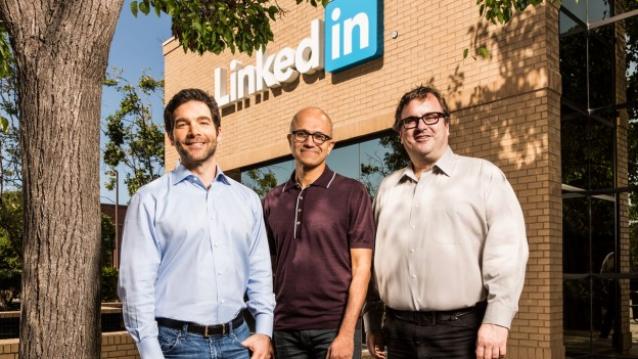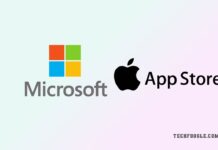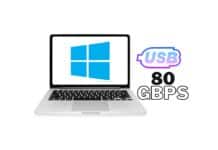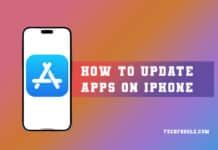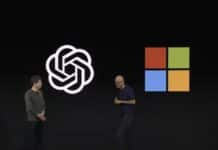Microsoft almost managed to rain on Apple’s parade with its timely announcement of acquiring LinkedIn for a jaw dropping $26.2 billion, and in cash. The first thing to come to everyone’s mind was the disastrous Nokia deal, $7.2 billion in 2014 and a $7.6 write down soon after. So, drawing parallels was obvious. But, unlike Nokia, LinkedIn falls in a different paradigm. Whether it will help turn Microsoft’s fortune is debatable, but that’s a calculated risk the software giant had to take.
Firstly, the deal strengthens Microsoft’s enterprise sector. With its mobile device market withering away, Microsoft’s focus is software. For an enterprise company, an enterprise social network makes sense. A professional networking site only adds to its cloud-based unified communications platform. Some years ago, it had bought Yammer, a private social network. But LinkedIn, with roughly 433 million registered users across the world makes more sense. LinkedIn opens the doors to more professionals. The wider network of employees and employers at LinkedIn will only broaden Microsoft’s reach.
A wider reach means reaching out to more professionals, eventually making inroads to sell its software and tools to more organisations and people. Many believe the acquisitions fits the bill when it comes to Microsoft Unified Communications Suite. After all, chief Satya Nadella wants to empower businesses with this suite that includes Office 365, OneNote, and so on.
Now, there’s more than what meets the eye. LinkedIn is a data mine when it comes to keeping a tab of employees of varying organisations, including your own. It’s a treasure trove for digital advertising and will further assist with enterprise collaboration. It will also assist in the enterprise CRM space, wherein Microsoft has locked horns with Salesforce. Integrating LinkedIn with cloud-based CRM could be of great value to Microsoft. It could come really handy to Microsoft Dynamics.
“This deal puts Microsoft in better position to compete with other Digital Platform independent software vendors (ISVs) like Salesforce, Facebook and Amazon, by combining LinkedIn’s extensive business focused social graph with products from Microsoft’s Office, Dynamics and Azure teams. It adds a valuable source of community and connection to Microsoft’s Digital Application Platform,” explains Jeffrey Hammond, VP, Principal Analyst at Forrester.
Another aspect why the deal works in Microsoft’s favour is Cortana. LinkedIn data could make it smarter, and brilliant answer to assistants from rivals like Google and Apple. This could possibly mean a future version of Cortana could lookup a phone number on LinkedIn, talk about mutual friends, and help share Office files directly with users on LinkedIn.
On the other hand, many eyebrows are raised as LinkedIn’s activities are largely mobile based and Microsoft’s weak position in mobile ecosystems could undermine its longer-term opportunities. “Microsoft must be much faster to decide on LinkedIn’s strategy than it did with Skype. It took Microsoft five years to define its strategy for Skype (and Yammer for that matter). This slow response to sort out Skype’s place in the Microsoft family slowed down Skype’s momentum significantly. By the time the new Skype strategy was announced, most of the hardcore Skype users had migrated away towards other social collaboration platforms,” explains Dan Bieler, Principal Analyst at Forrester.
There’s a lot on the plate for Microsoft from this acquisition, but the hiccup is the hefty price it is paying. That’s a lot of money going for a firm that hasn’t exactly been on top of charts at revenue generation. But for Microsoft, who is trying to move beyond the app-era, this was a risk it had to take.

